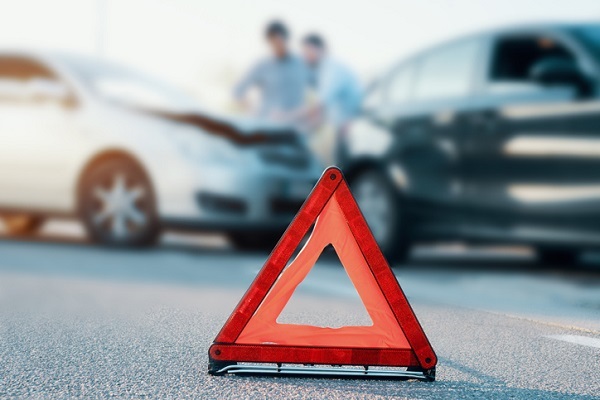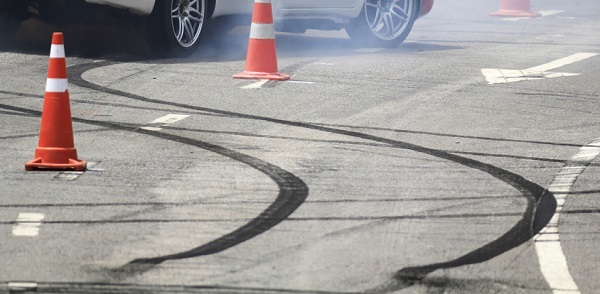
Car safety ratings can range from Good to Acceptable to Marginal to Poor. If a vehicle wants to rank among the Top Safety Picks, it must pass a variety of tests for a satisfactory rating to be reached. If you’re interested in learning what work goes into making cars safe, read on to find out more.
Why Should Auto Repair Professionals Care about Crash Tests?
There are many different kinds of crash tests which evaluate different parts of the vehicle. For example, the moderate overlap frontal test is concerned with how a compartment such as the front or passenger seat will react to a head-on collision at 64 km/h. A small overlap frontal test, on the other hand, examines how effective a seat belt or airbag will be in the event of a collision with the vehicle’s front corners. Broadside collisions are more complicated because the sides of a vehicle don’t have as much space as the front or back to protect a car’s occupants, but side test crashes use injury measures, head protection, and structural performance to determine how a vehicle reacts under these conditions.

Students in Auto Body Schools Should Be Aware of Accident Avoidance
Think of all the times you or someone you know almost got into an accident—were they saved by quick thinking? A glance in the rearview mirror or backup camera? A blindspot notification? While a car’s performance in a crash significantly affects its safety rating, the way a car is designed to avoid accidents also plays a vital role.

Are you interested in learning more about cars?
Contact your local Automotive Training Centre for more information about our auto repair programs.

